by: Jack Booker
They don't make 'em like they used to...
One of the longest running stereotypes of exotic cars, especially Italian ones, is that they are not reliable machines. There is plenty of evidence for this, and even a reliable Ferrari can easily cost more to maintain than your average vehicle. But over the last few generations of F-cars, many Ferrari owners have reported improved reliability compared to older models. And maybe that is the case from the factory (and while under warranty), but a closer look at ‘modern’ Ferraris reveal aging technology, sub-par materials, and protective features that don’t quite achieve their goal. In a community where cars are driven and maintained for decades, you might expect the overall quality of a new Ferrari to be preserved, especially when original reliability is increasingly improved. But in reviewing the used Ferrari market, older models like 328s appear to be in much better condition than more modern models like the F430.
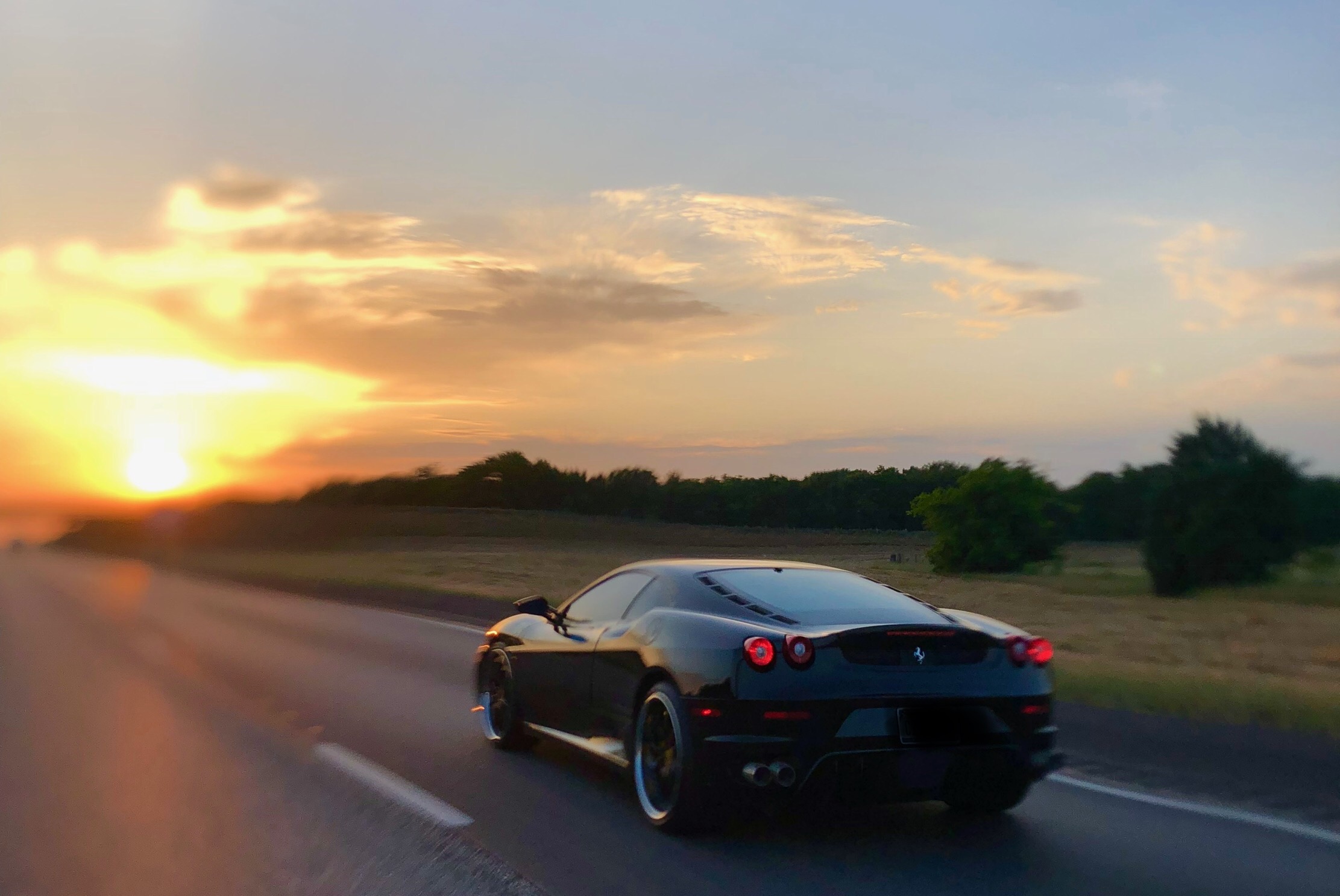
F430 rides into the sunset...
For a while, it seemed that Ferrari was lagging behind in the realm of car technology, granted the life cycle of their models is much longer than regular cars. But even when Ferrari joined the party with features like navigation and bluetooth, their offerings weren’t exactly great. So it is no surprise that these electronics have not aged well. Even the upgraded Clarion replacement infotainment unit, which is miles better, does not hold up well today. Let’s be honest, most in-car navigation has been delegated to smartphones now, hence the introduction of features like CarPlay in new models. It goes without saying that a Ferrari 328 avoids this issue all together. All you need is a phone mount, and wham! Your classic Ferrari just got a better Nav system than the aged F430. Of course if you want to preserve originality you better just opt for a paper map.
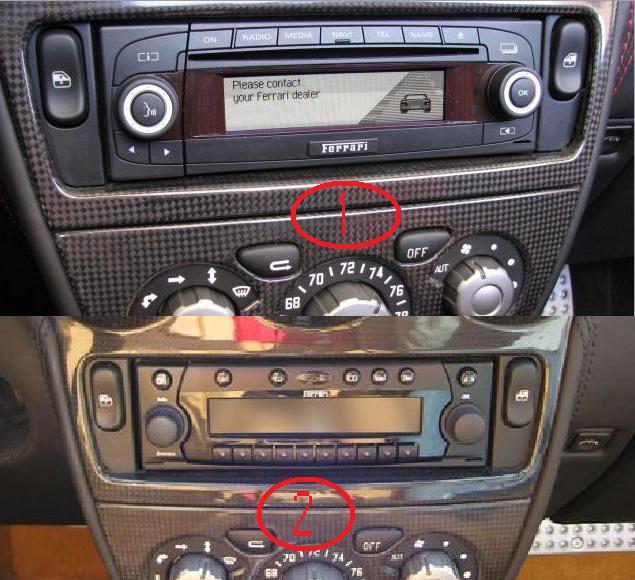
1 is F430 unit without nav (notice 'contact Ferrari dealer' message lol), 2 is original nav unit
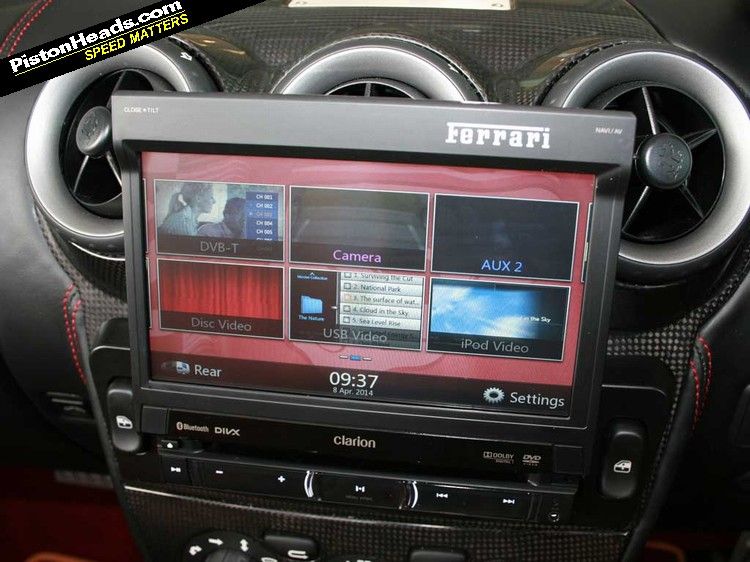
Upgraded/retrofitted nav unit for F430, source: pistonheads.com
Another, more obvious difference between classic and modern Ferraris is those infamous sticky parts. Naturally, this unfortunate feature has been a side-effect of increased use of plastic materials in the interior of F-cars. Without getting too technical, the issue is not the plastic itself, rather how it is coated. And since Ferrari has yet to come up with a lasting solution, entire businesses now exist to fix this problem. Even the 488, which improved on the sticky situation, still can have peeling issues. Classic Ferraris avoid this the same way they avoid aging tech, no faulty coating and less plastic in general.
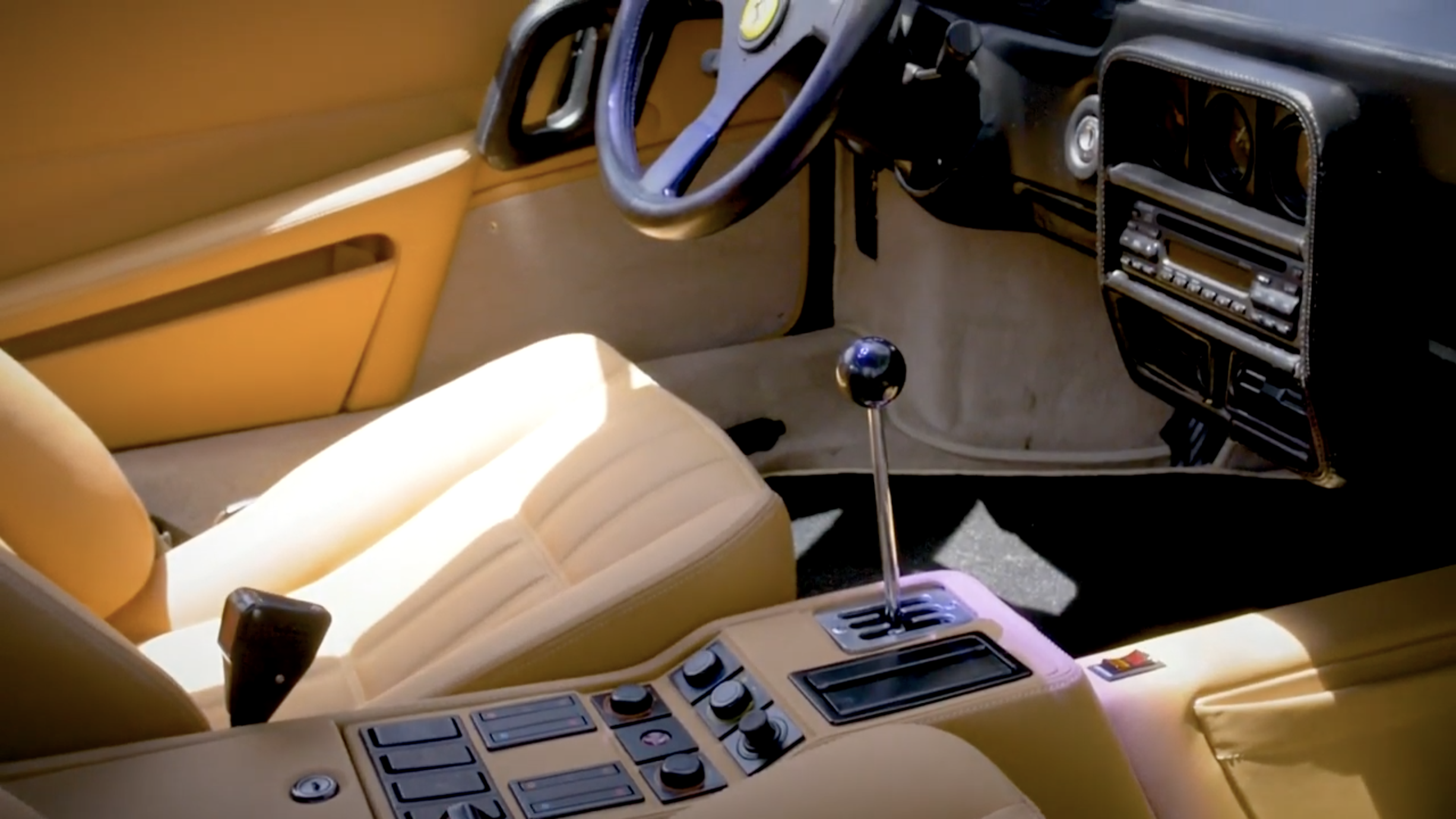
Ferrari 328 GTS interior
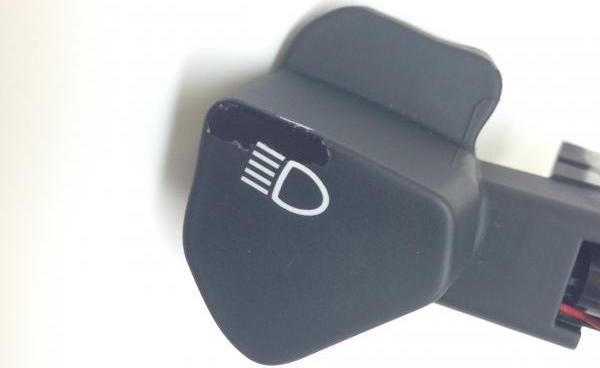
Ferrari 488 button peeling
Now, as I noted previously, modern Ferraris have improved in their overall reliability. A big leap forward was moving from belts to chains, which require less maintenance. Additionally, Ferrari service from dealers has improved, and there are many warranty programs available to aging models. So while the cost of maintenance is still notoriously high compared to average vehicles, it is easier than ever to keep your Ferrari on the road. But this is not without a major caveat- there are also more ways than ever for your car to fail. We have already discussed technology in the interior like infotainment and bluetooth, but electronics have increasingly infiltrated the drivetrain, too. For example things like turbos, drive modes, and all wheel drive/steering all require increased parts and electronics.
A great example of this is the complex ECU of modern Ferraris, which has a reputation for being hard to deal with (to say the least). This is partly because it seeks to protect the high-performance engine and partly because it can only be accessed by computer programs usually reserved for Ferrari dealers. For this reason, many independent Ferrari mechanics cannot work with modern ECUs, instead focusing on older models. Needless to say, A 328 doesn’t have issues with check engine lights staying on or strange warnings that say “ECU failure visit dealer”. While modern ECUs do often protect the drivetrain from careless damage, their faulty behavior can lead to increased anxiety instead of peace of mind.
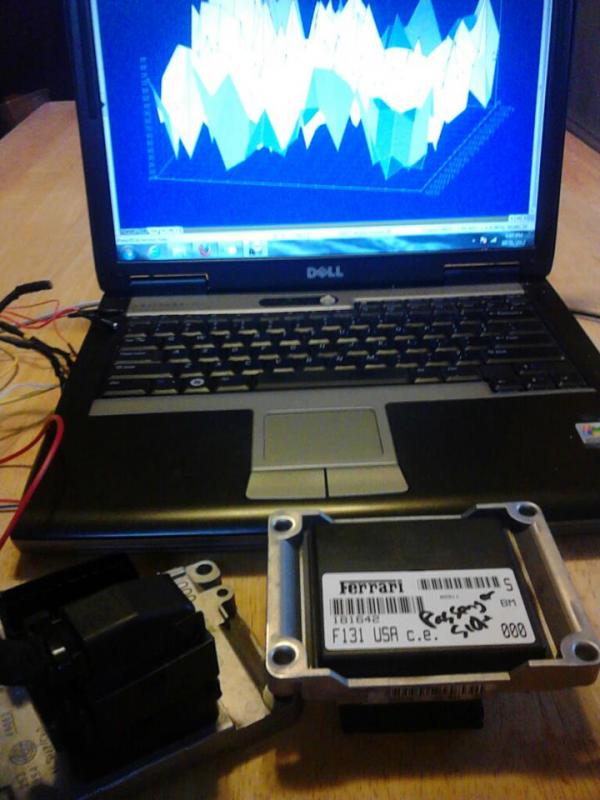
"The immobilizer can be defeated." - RyanH
Of course, it should be noted that classic Ferraris have their own sets of problems, and not all modern Ferraris demonstrate the issues we have discussed. For example, the 328 can have fuel pump and injection issues, and you can apparently make your F430 F1 Clutch last 58k miles by leaving the car in race mode! Above everything else, how you maintain (and drive) your Ferrari is more important than the issues that may come about.
Unfortunately, it appears the newest cars that go to buyers playing the ‘game’, are not driven hard or owned very long. And they are carefully maintained by dealerships and sold back to them as soon as a new model becomes available. So there is no incentive to make cars that maintain quality over decades of use. Indeed it is the long-term owners, the people that buy used, drive often, and do their own maintenance (or at least attempt to) that face the brunt of these issues. So, if you want a Ferrari that is built better and avoids the issues that many modern models face, you should probably buy an older, more analog car.




